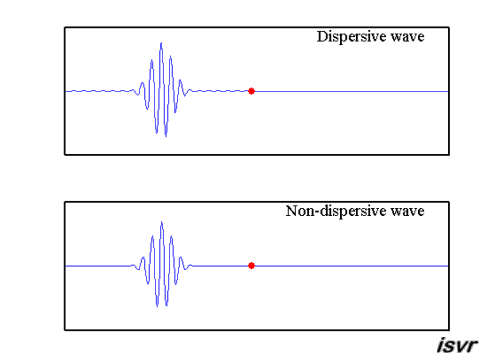

But the question might be, how far or how fast is that lightning moving towards me? The trick of knowing the differences of the speeds of light and sound can be an extremely important tool for those hiking, canoeing or enjoying other outdoor activities in our parks.įor example, if you are out canoeing and hear/see lightning, you should probably pull towards shore. So while the sight of the diver hitting the water arrives at your eye in an instant, the sound of the splash itself takes 1.5 seconds. However, that distance is roughly 1.5 times the distance sound travels in a second. The speed of light is so fast that a difference of only 500 m (between you and the diver) is almost negligible.

The answer has to do with the differences in the speed of light and the speed of sound. If you happen to be canoeing near them, you will see them hit the water and hear the sound of the splash almost immediately.īut if you are canoeing further away - say about 500 m away - and happen to be looking at the diver, you will see them hit the water, but will not hear the splash for almost 1.5 seconds. We can use the differences in measured speeds to help us understand the behavior of objects.įor example, on a warm summer day, you may be at a park where someone is safely jumping into the water. Did you know that the speeds of sound and light can provide us with a lot of useful information?


 0 kommentar(er)
0 kommentar(er)
